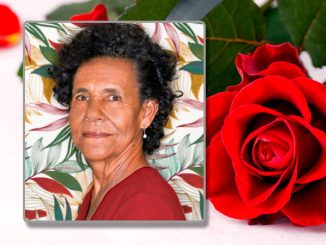
Recognized as an educator who inspires students toward conservation and the environment, Harry Hurst Middle School teacher Barry Guillot has received the Louisiana Wildlife Federation’s Educator of the Year award. Guillot received the award at LWF’s 53rd Governor’s State Conservation Achievement Awards Program. He was among five recognized, including individuals, an organization and a corporation, for their outstanding achievement in natural resource conservation and outdoor recreation enhancement.
“Barry Guillot is inspiring students, uniting the local community with his programs, and raising awareness of Louisiana’s wetlands preservation,” said Rebecca Triche, LWF executive director. “He is deserving of recognition for his commitment to conservation and youth education.”
His contributions were further recognized by Communications Manager Rochelle Touchard with Norco Manufacturing and Harry Hurst’s Partner in Education: “Thanks Barry Guillot, for your vision and leadership in creating new ways for our youth to be involved in environmental education and for the honor of being named Louisiana Wildlife Conservation Educator of the Year.”
An eighth grade science teacher at Harry Hurst Middle, Guillot is also the founder and coordinator of the nationally recognized LaBranche Wetland Watchers, a school-based, service-learning program that has educated more than 40,000 students about the importance of Louisiana’s wetlands.
In 2016, the project was expanded to include a wide array of student volunteers from 10 different public and private schools for yearly outreach events. Wetland Watchers planted 600 trees in the LaBranche Wetlands, and more than 1,200 students attended wetland field trips.
“My love of wetland creatures, especially alligators, started when I was 12 years old,” Guillot said. “My friend and I were paddling around a bayou and saw a newly hatched alligator nest. We were out of the boat taking pictures of the babies when we heard what sounded like a dog grunt and then the grass started parting as a large mama gator rushed at us.”
Guillot said his friend jumped into the flatboat and then he dove into it and as they floated out the gator ran into the water under them.
“It was scary, but I can still remember how incredible it was to see this basically living dinosaur so close,” he said. “We did not have Google back then. We went to the library and used the old library cards to look up very outdated books. Finally, we called the zoo, and I interviewed one of the zoo keepers in charge of the alligators. I still remember writing down notes in my notebook that alligators lay between 40 and 60 eggs in their nest.”
Guillot said he consider it an honor and a privilege to have the opportunity to share all of these incredible creatures with so many people.




Be the first to comment